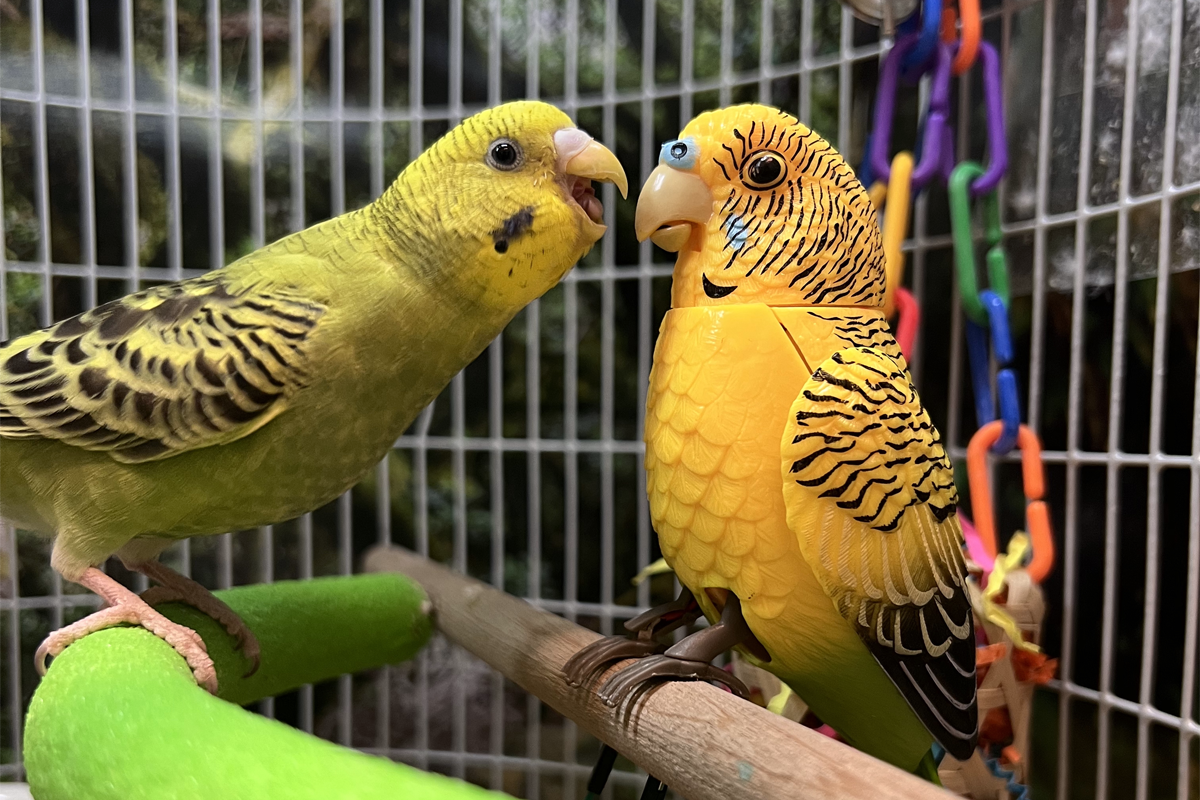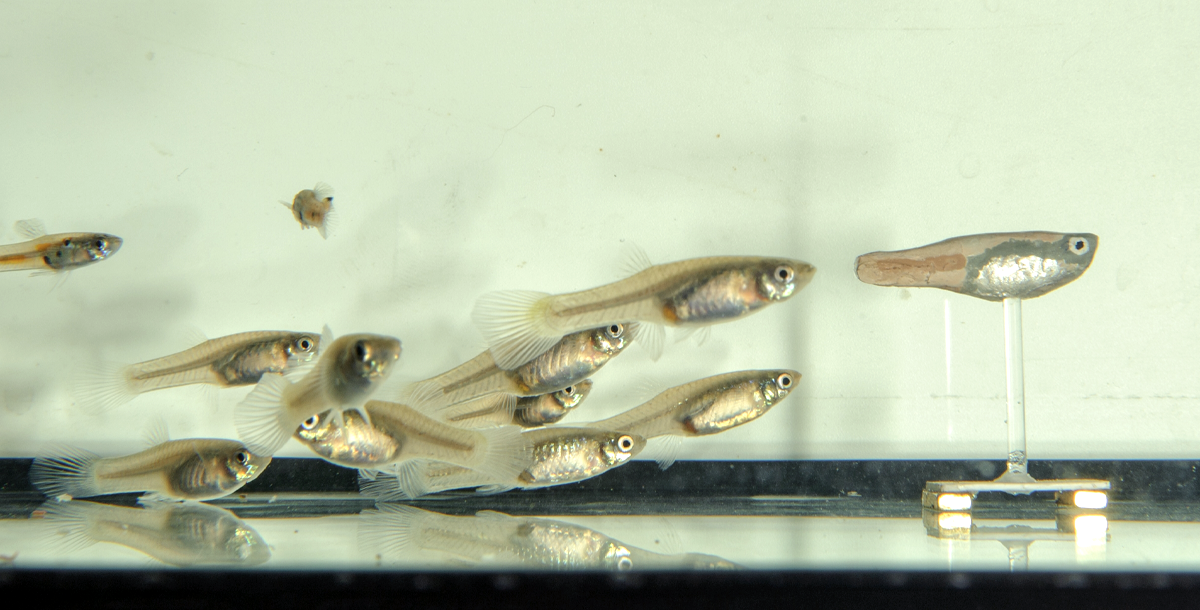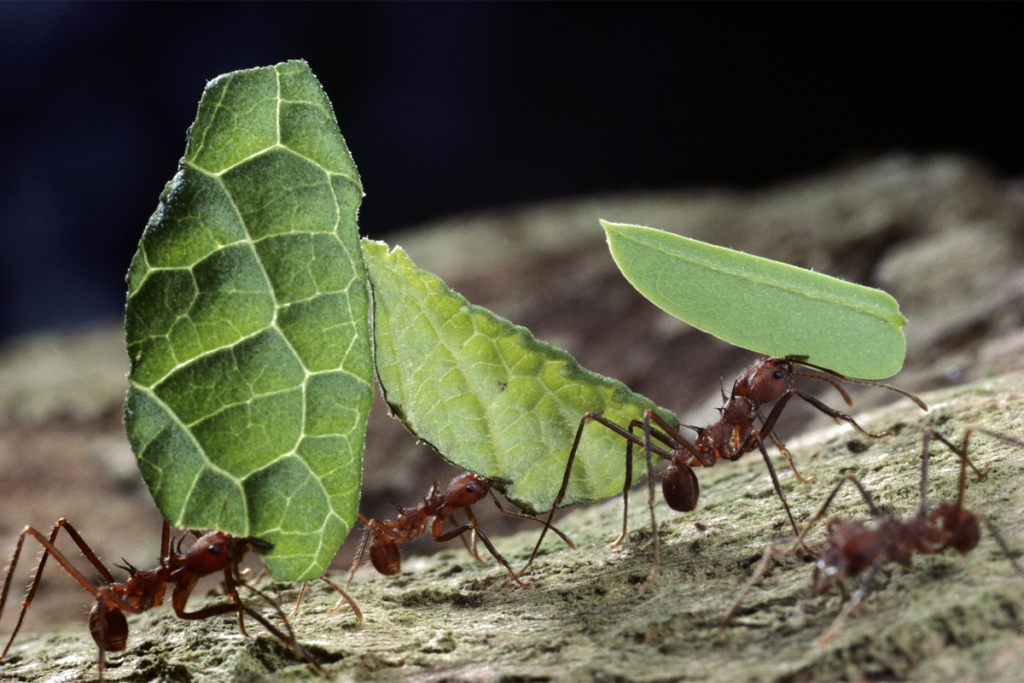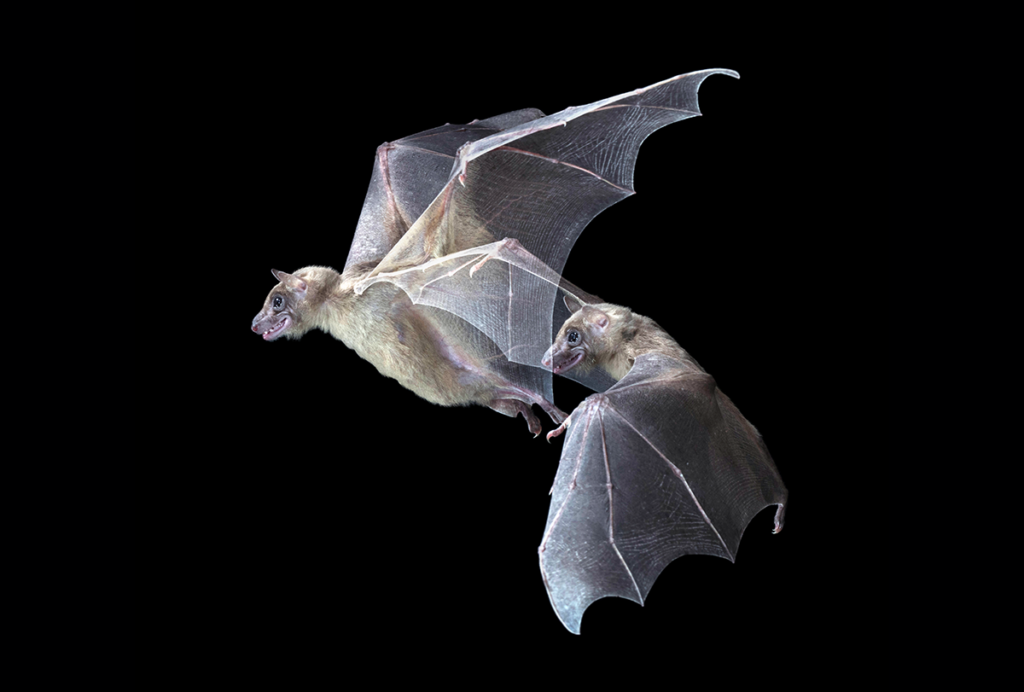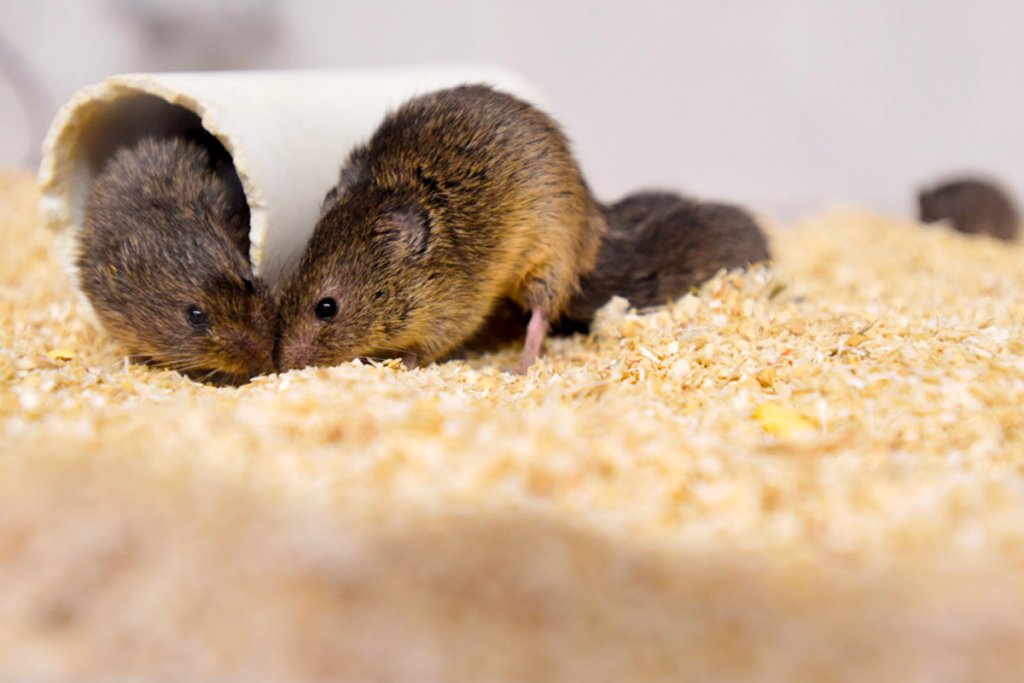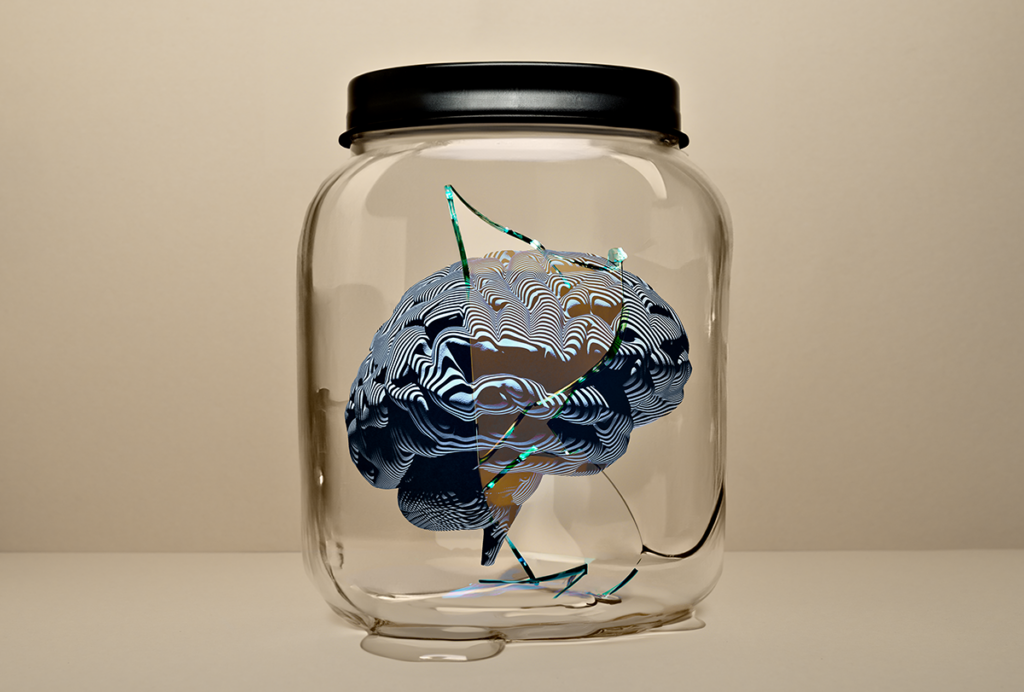Studying animal behavior in the wild often gets hairy, with little experimental control and an abundance of extraneous data. And when multiple animals get together, the way they look, act and smell all influence one another, making it difficult to parse complex social interactions, says Andres Bendesky, associate professor of ecology, evolution and environmental biology at Columbia University.
Robotic or animated partners, however, can simplify that equation. Studying animal-robot interaction gives researchers complete control over one partner during any tête-à-tête, Bendesky says. It makes it possible to present the same stimulus to an animal repeatedly or compare how different individuals react. And the method complements observation-based research: Scientists can use a robot- or animation-based paradigm to test ideas gleaned from studies that use artificial-intelligence tools to track behavior.
“It’s the opposite of a vicious cycle—a virtuous circle,” Bendesky says.
Bendesky is part of a growing cohort of neuroscientists turning to robots to help them decode social interactions. The quirks are still being ironed out, but the approach is already helping several groups tackle questions about schooling, fighting and chatting behaviors.
The rigor of the results depends on whether a critter believes what it sees, says Tim Landgraf, professor of artificial and collective intelligence at Freie Universität Berlin, who uses robots to study group behavior in guppies. That can be hard to gauge; there’s no handbook that describes what traits make a robot believable, he says.
But researchers can compare how animals act toward a real peer versus a counterfeit one, says Steve Chang, associate professor of psychology and neuroscience at Yale University, who doesn’t work with robots but studies the social behavior of macaques and marmosets.
Even then, it’s unclear if the animals are treating a robot as a social partner or as “some really special case of some nonsocial object,” Chang says. But the approach is “super exciting”—and essential to confirm that knowledge about the brain gained through controlled experiments holds up in real-life situations.
Faux fighting
Betta fish are born to fight. During a typical interaction, male fish take turns flaring their gill covers, turning their bodies to the side and spreading their fins. And then the biting begins.
Bendesky and his team animated a short sequence of a betta fish performing this visual display to measure how real fish would respond. By tweaking different aspects of the animations—such as swimming speed, elevation and the amount of gill flaring—they discovered that the swimming depth of the animated fish correlated with the aggression levels in the observer fish; swimming higher incites more aggression than swimming closer to the bottom of the tank. Bendesky says this observation surprised him at first, until he thought about the fact that betta fish build and guard nests for their eggs on the water’s surface.
